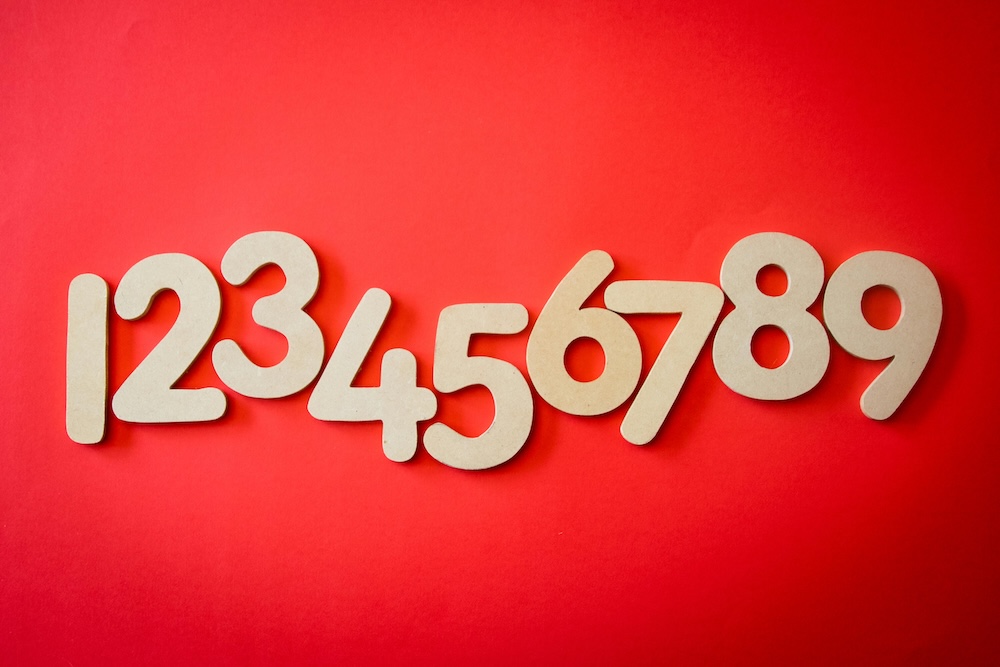How To Count in Spanish

Learning to count in Spanish is essential for everyday conversations. Spanish numbers follow logical patterns, making them easier to learn than in many other languages. This guide covers numbers from 0 to 1,000 with clear examples.
Numbers 0 to 20
- 0 — Cero
- 1–10 — Uno, Dos, Tres, Cuatro, Cinco, Seis, Siete, Ocho, Nueve, Diez
- 11–20 — Once, Doce, Trece, Catorce, Quince, Dieciséis, Diecisiete, Dieciocho, Diecinueve, Veinte
Counting by Tens: 30 to 100
- 30 — Treinta
- 40 — Cuarenta
- 50 — Cincuenta
- 60 — Sesenta
- 70 — Setenta
- 80 — Ochenta
- 90 — Noventa
- 100 — Cien
Spanish numbers from 21-99 follow a simple pattern of "tens + y + units". For example:
- 21 — Veintiuno
- 32 — Treinta y dos
- 45 — Cuarenta y cinco
- 99 — Noventa y nueve
The Hundreds: 100 to 1,000
- 100 — Cien (only for exactly 100)
- 200 — Doscientos
- 300 — Trescientos
- 400 — Cuatrocientos
- 500 — Quinientos
- 600 — Seiscientos
- 700 — Setecientos
- 800 — Ochocientos
- 900 — Novecientos
- 1,000 — Mil
Note that numbers from 200-900 must match gender: doscientos (masculine) vs doscientas (feminine). Also, "ciento" is used instead of "cien" for numbers 101-199.
Examples:
- 128 — Ciento veintiocho
- 365 — Trescientos sesenta y cinco
- 777 — Setecientos setenta y siete
Spanish numbers are phonetic and follow consistent rules. Practice by reading prices, phone numbers, and dates aloud.
Click here for exercises to practice counting in Spanish: